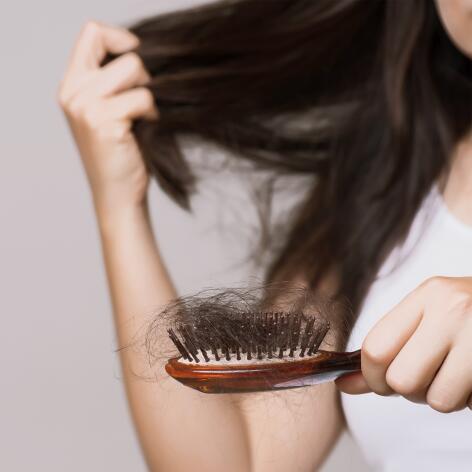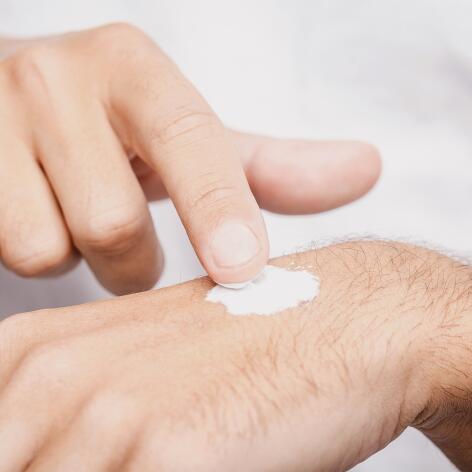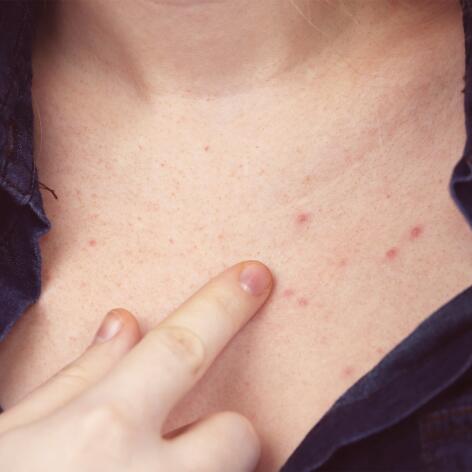Protecting your skin from the side effects of cancer treatments
Cancer treatments are becoming increasingly effective. However, they often cause numerous side effects and skin problems: dryness, redness, itching, burning, hair loss, etc. How can you care for your skin to reduce these undesirable symptoms? And what daily cleansing routine should you adopt?
How do cancer treatments affect the skin?
Adverse effects vary according to the treatments used, the dosages and the individuals. For example, radiation sometimes causes reactions in the skin. After two weeks of treatment, redness, called erythema, may appear on the irradiated area. Targeted therapy and immunotherapy drugs can cause itching, dryness, rashes, etc. Dry skin, hair loss and hair loss remain recurrent problems with chemotherapy.


Don't let the side effects of treatment get the better of you
The side effects of cancer treatments on the skin can be difficult to deal with. They are very common, sometimes affecting quality of life, and may even leave some patients questioning whether to continue the treatment itself. How can you find the courage to continue if your skin burns or itches? The right care, hygiene and gentle treatments (and of course dialogue with the nursing staff) will help you get through this.
How can you limit radiation burns?
Radiodermatitis – skin damage caused by ionising radiation – is the most common side effect of radiotherapy. To prevent these rashes from getting worse, oozing and becoming very painful, you will need to act quickly (and even preventively). The key words are: thermal spring water compresses and post-radiotherapy hydration.
Prevent your skin from burning during and after radiotherapy
My mother underwent radiotherapy to her chest wall following her breast cancer. Since then she has been complaining of pain and finds that certain areas are swollen. I wish I could ease her pain...
Thomas, 27 years old
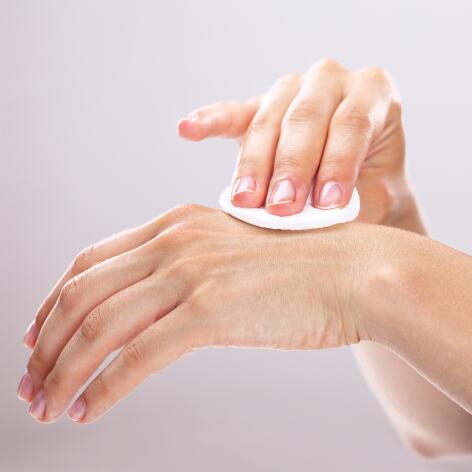
Take care of your scalp
Another effect of chemotherapy is alopecia – hair loss. Your scalp may then become sensitive and/or painful before or during the period of hair loss. A tip: don't wait for dryness or itching to occur before moisturising your scalp daily, do it preventively and protect it from the sun with an SPF 50+ sun protection fluid.
Chemotherapy also thins and weakens the hair, which may become more brittle than usual. You will need to protect hair by washing it with warm water, a small amount of gentle shampoo for sensitive scalps and leaving it to air dry.
Relieve itching
Pruritus, i.e. itching, is most often related to chemotherapy treatments, targeted therapies and the inflammation they can cause. Rest assured, this urge to scratch usually disappears once the treatment is over. In the meantime, you'd like help soothing your skin. Some simple measures, such as cleansing your skin with a replenishing cleansing oil, daily application of an emollient and thermal water compresses, are excellent solutions to help you.

FRIENDLY (AND EXPERT) ADVICE
Your skin has become more sensitive than usual. To cleanse it, opt for soap-free, superfatting dermatological bars or cleansing oils that soothe the skin and respect its pH. Do not use flannels, sponges or shower puffs, which can irritate sensitive skin. To dry yourself, avoid rubbing, it is better to dab gently.
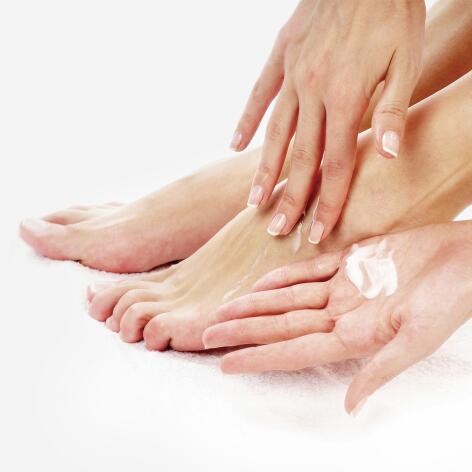
When treatments give you spots
Some targeted therapies may cause a flare-up of spots and redness similar to a severe acne outbreak, especially in the first few weeks of treatment. The areas most rich in sebaceous glands are affected: face, scalp, back, chest. This situation unavoidably affects your quality of life. As soon as the first spots and signs of redness appear, you should limit the risk of bacterial proliferation by using a copper-zinc based repairing or protective cream. If necessary, a cream or a replenishing balm will soothe your skin.
During treatments, keep an eye on your hands and feet
Some cancer treatments weaken the small blood vessels in the skin of your hands and feet. Some chemotherapies can cause hand-foot syndrome (or palmoplantar erythrodysesthesia in medical language). The result is redness, dryness, cracks and pain in the support areas... Therefore, it is important to moisturise the soles of your feet and the palms of your hands from the beginning of the treatment. And don't forget the health of your nails, which are also exposed. We’ll tell all.
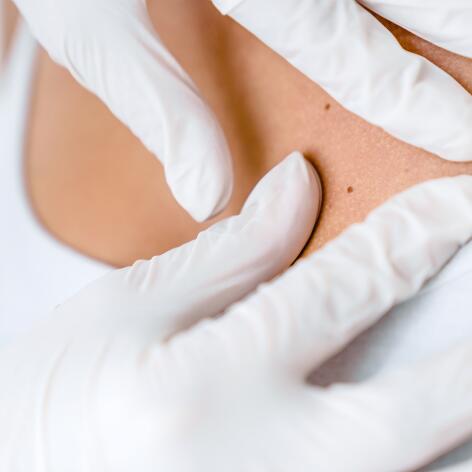
We answer your questions
We’re here to help you sort fact from fiction
This is true. With some treatments (certain targeted therapy molecules and chemotherapy) your skin may become more sensitive to UV rays. It is important to limit exposure to the sun, to wear clothing that covers your skin and to protect yourself with 50+ sun protection factor.
This is false. Even if you feel the heat soothing you, this effect is only temporary. It actually increases skin dryness and reactivates skin irritation. Instead, shower at a temperature between 32 and 34°C.
This is both true and false. With some molecules, this is inevitable. However, parameters such as dose, rate of administration and individual susceptibility may limit this loss. The use of a cold cap also helps to prevent alopecia.
Our solutions for your skin during cancer treatment
Our products are designed to help you feel more comfortable in your skin
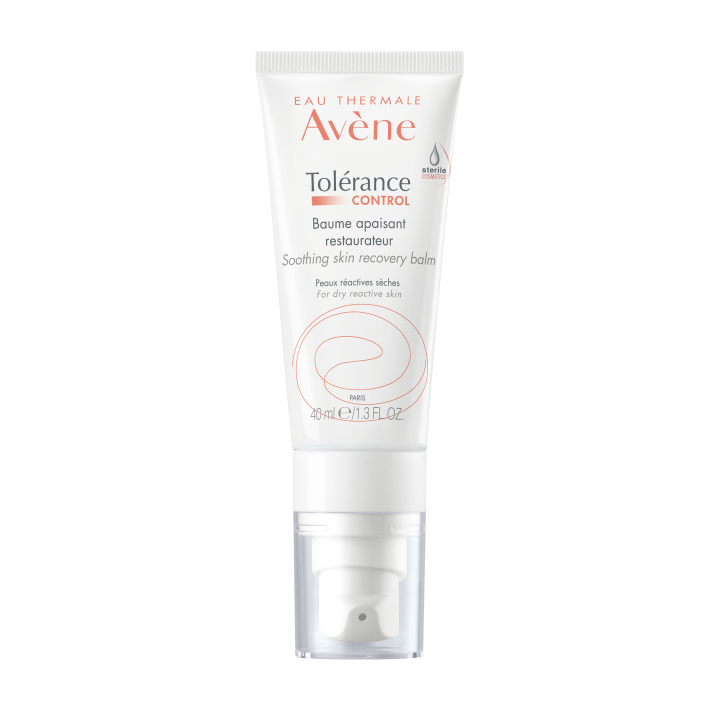
With its creamy, ultra-nourishing and comforting texture, the balm immediately calms and durably controls the skin's hyper-reactivity.
MORE
- Prevent your skin from burning during and after radiotherapyPrevent your skin from burning during and after radiotherapy
- Caring for your scalp during and after chemotherapyCaring for your scalp during and after chemotherapy
- Taking care of your hands and feet during cancer treatmentTaking care of your hands and feet during cancer treatment
NEWSLETTER
We’re always here for your skin!
All our tips for taking care of your skin day to day.

Which skin care routine should you adopt?
Identify what it really needs with the help of our experts and discover the most suitable skin care routine for you.



